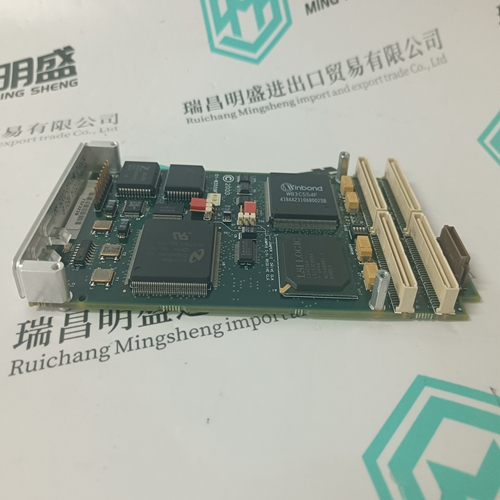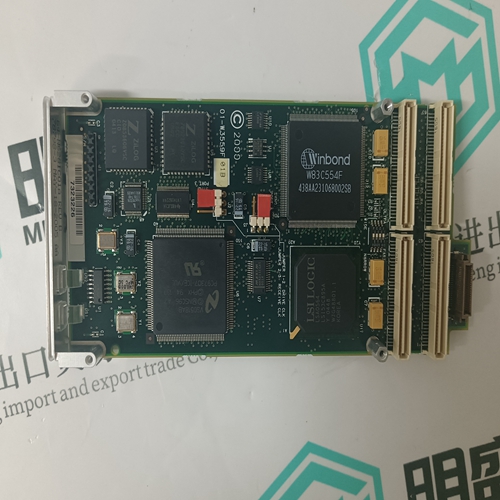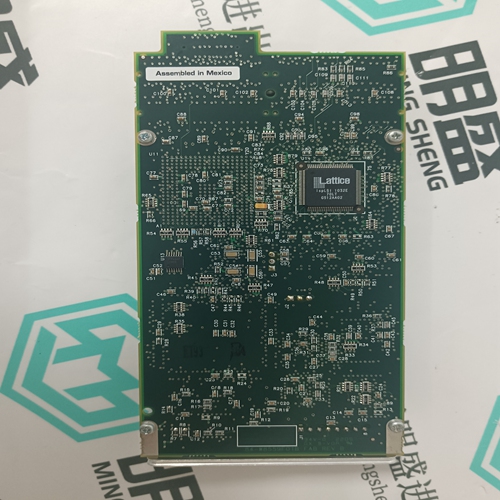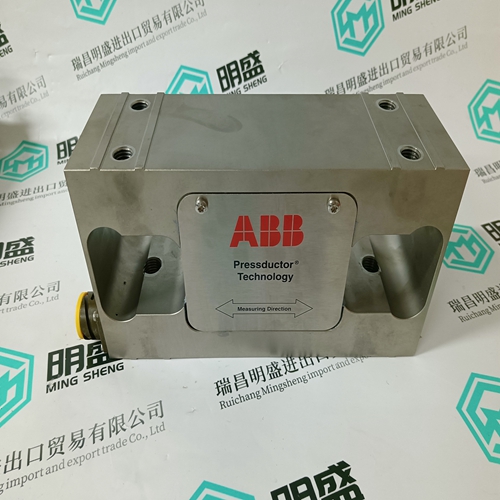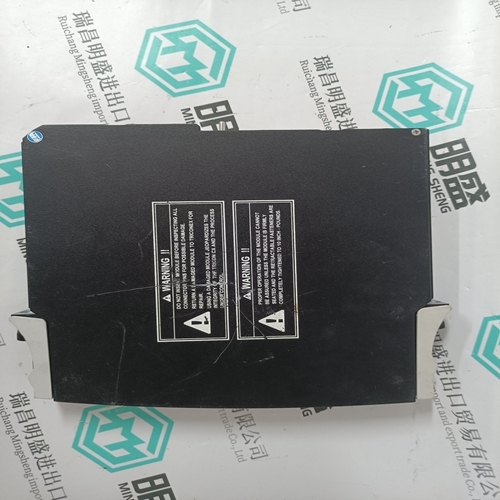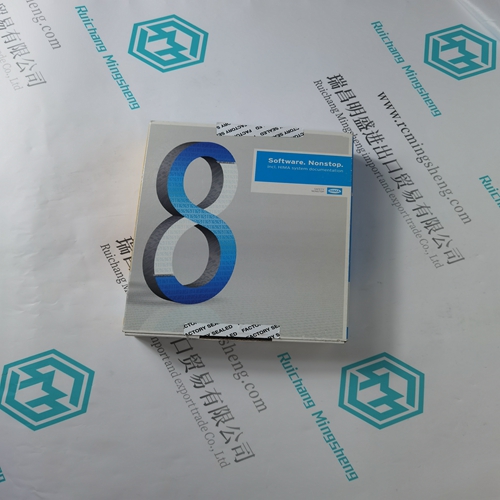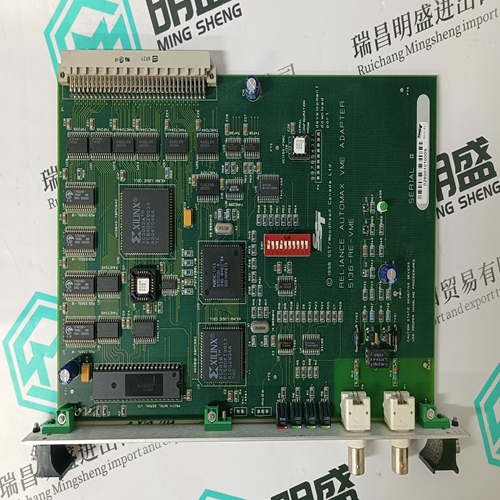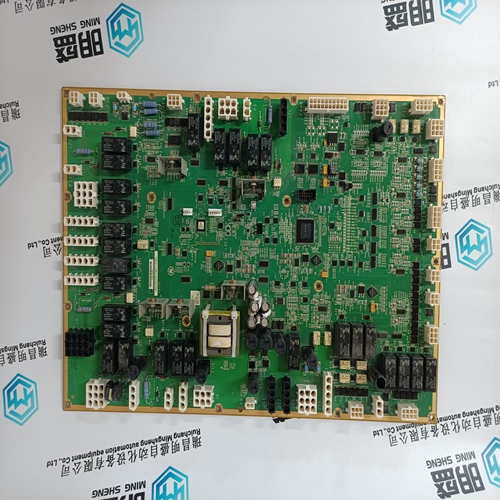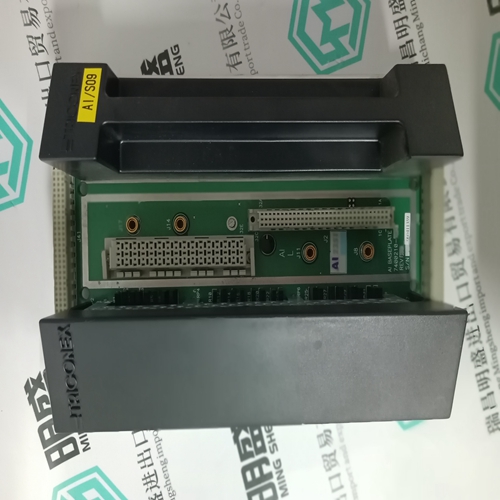Home > Product > PLC programmable module > IPMC761-001 Industrial control card
IPMC761-001 Industrial control card
- Product ID: IPMC761-001
- Brand: MOTOROLA
- Place of origin: the United States
- Goods status: new/used
- Delivery date: stock
- The quality assurance period: 365 days
- Phone/WhatsApp/WeChat:+86 15270269218
- Email:stodcdcs@gmail.com
- Tags:IPMC761-001Industrial control card
- Get the latest price:Click to consult
The main products
Spare parts spare parts, the DCS control system of PLC system and the robot system spare parts,
Brand advantage: Allen Bradley, BentlyNevada, ABB, Emerson Ovation, Honeywell DCS, Rockwell ICS Triplex, FOXBORO, Schneider PLC, GE Fanuc, Motorola, HIMA, TRICONEX, Prosoft etc. Various kinds of imported industrial parts
IPMC761-001 Industrial control card
Time strobe signals are delivered from custom switches over Ethernet cables. However, the method by which these Ethernet cables connect to the FCP280 baseplates differs depending on the baseplate. The standard vertical and horizontal baseplates’ RH924YF's first HDLC connector (upper right-hand side of the baseplate) accepts time strobe signals via time strobe adapter (RH924ZQ), which is discussed in "Module Fieldbus and Time Strobe Splitters/Terminators" in Standard and Compact 200 Series Subsystem User's Guide (B0400FA). Receiving the time strobe signals on the standard baseplate requires the use of the RH924ZQ adapter on the first HDLC port on the baseplate, and in this configuration, this port cannot be used for any other purpose. The dual cable baseplate (RH100JX) has two dedicated RJ-45 ports on its upper right-hand side to accept these Ethernet cables directly without the use of the RH924ZQ adapter.
The FCP280 supports the following devices on the 2 Mbps fieldbus: • All Compact and Standard 200 Series FBMs, which can support many types of intelligent field devices, including those on Foundation Fieldbus, PROFIBUS, HART, and DeviceNet networks • Foxboro DCS Field Device Systems Integrator (FDSI) modules • Intrinsically Safe I/O Subsystem (ISCM) - see Intrinsically Safe I/O Subsystem (PSS 31H-2Y6) • DCS Migration Fieldbus Modules for Siemens APACS+ Systems • DCS Migration Fieldbus Modules for Westinghouse WDPF® Systems • DCS Migration Fieldbus Modules for Fisher's PROVOX® Series 20 Migration with HART • DCS Migration Fieldbus Modules for Honeywell® TDC 2000 Systems with HART
Software Control Features
The FCP280 performs regulatory, logic, timing, and sequential control, as well as data acquisition, alarm detection, and alarm notification. Process variables are controlled using time-proven algorithms (mathematical computations performing specific functions). The algorithms are contained in functional control blocks, which on-site process engineers configure to implement the desired control strategies. The versatility of the algorithms, coupled with the variety of FBMs available, provides control capabilities suited to a broad range of process applications. Control strategies ranging from simple feedback and cascade loops to highly sophisticated feedforward, nonlinear, and complex characterization control schemes are readily implemented. The FCP280 also supports the following features: • Setting and reading the FCP280 letterbug via the buttons on the faceplate • Alarm enhancements to function blocks: ◦ Re-alarming on changes to alarm priority ◦ Re-alarming based upon a configurable time delay deadband, and alarm suppression based on time • Optional UTC external time synchronization • Improved controller performance • Optional self-hosting mode allows the FCP280 to start up and run, executing its configured control scheme using the checkpoint file stored in flash memory. This allows the FCP280 to boot itself with a valid control database even if its host workstation is not present. • Support for high speed capabilities such as ladder logic, Motor Driven Actuator Controller (MDACT), and Distributed Proportional Integral Derivative functionality (DPIDA)
